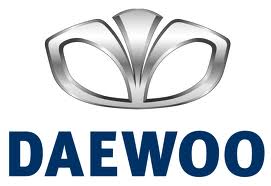Leganza CDX L4-2.2L DOHC D-TEC MFI (1999)

Powertrain Control Module (PCM)/ Engine Control Module (ECM): Description and Operation
ENGINE CONTROL MODULE
The engine control module (ECM), located inside the right side kick panel, is the control center of the fuel injection system. It constantly looks at the
information from various sensors and controls the Systems that affect the vehicle's performance. The ECM also performs the diagnostic functions of the
system. It can recognize operational problems, alert the driver through the malfunction indicator lamp (MIL), and store diagnostic trouble code(s) which
identify the problem areas to aid the technician in making repairs.
There are no serviceable pants in the ECM. The calibrations are stored in the ECM in the programmable read only memory (PROM).
The ECM supplies either 5 or 12 volts to power the sensors or switches. This is done through resistances in the ECM which are so high in value that a
test light will not come on when connected to the circuit. In some cases, even an ordinary shop voltmeter will not give an accurate reading because its
resistance is too low. You must use a digital voltmeter with a 10 megohm input impedance to get accurate voltage readings. The ECM controls output
circuits such as the fuel injectors, the idle air control (IAC) valve, the A/C clutch relay, etc., by controlling the ground circuit through transistors or a
device called a "quad-driver."
